As I mentioned in my post last Tuesday, the highlight of my extra long Golden Week vacation was my visit to the old Sugimoto family home to see an exhibition of Boy’s Day decorations. Unfortunately, it was not allowed to take photos in the house, but here is the homepage of the Sugimotoke with a lovely gallery of the building and its gardens:
http://en.sugimotoke.or.jp/about-sugimoto-residence/introduction/
The Sugimoto family were merchants who sold fabric for kimono and their old machiya – built in 1870 is open to the public at very special occasions only. The house is quite large, even for a wealthy family, and it has a number of special features that I haven’t seen elsewhere before:
A special room where a visiting priest could wait and get changed into formal clothing before praying at the family altar. This room lies on the other end of a corridor which, to honor the status of the priest that came from the Nishi Honganji Temple, is laid out with tatami. This is highly unusual, since corridors in kyo-machiya or other old houses tend to be from wood.
The room with the family altar is considered the main room of the house, and having a private prayer room in a commoner’s house is highly unusual. The altar is located in a small two-tatami space that can be closed with fusuma and seems to me rather usual, but the interesting bit is the room itself. It has a small cellar underneath made from stone, where the altar could be moved in case of a fire. Basements like this are very rare, especially in such an old house, but this one was – thankfully – never needed.
The other interesting feature of the house was in the large main guest room, and I don’t even mean the lacquered tokonoma that was only uncovered at special occasions. The guest room is an already impressive 10 tatami room, and as usual, just by removing the sliding doors to the adjacent room, it can be enlarged by another 6 tatami. The interesting part is that the wooden grooves for the fusuma (in Japanese they are called shikii), can be taken out of the floor. The tatami from the adjacent room would be moved up and thus create a space of 16 unbroken tatami for very large events. When the event was over, the tatami, grooves, and fusuma would be put in place again, and normal life could be resumed.
There is also an interesting Western-style drawing room near the entrance that was built in 1929 and has cork flooring, modern furniture, and a piano. The low ceiling was taken out and the room now covers what has once been two floors at once, with an extra window on the former second floor. This makes the room feel very spacious, airy, and bright.
Unfortunately, it is not possible to enter the gardens or to see the three kura storehouses. Still, just sitting in the rooms gazing out the large windows grants a nice and relaxing frame of mind.
The Sugimoto Residence is one of the largest kyo-machiya still existing in Kyoto. In 1990, the house was designated as a Tangible Cultural Asset by Kyoto City and in 2010, it was designated as a National Important Cultural Property. One year later, its garden was designated as a National Site of Scenic Beauty.
As I said, it is only open for special occasions and it’s not possible to take photos inside. But if you are in Kyoto and even remotely interested in old houses, this is definitely one to visit!

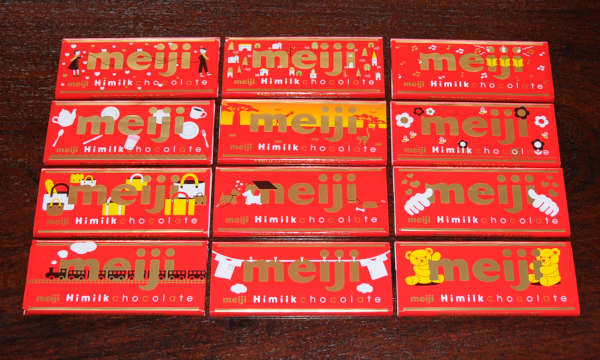
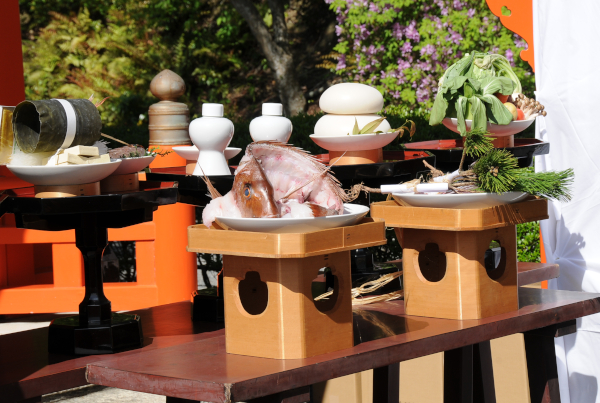
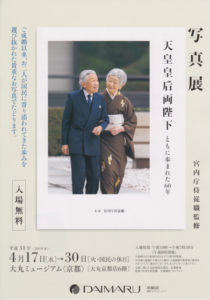

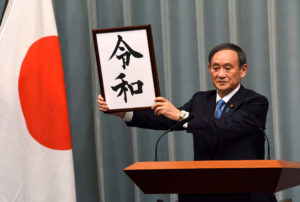
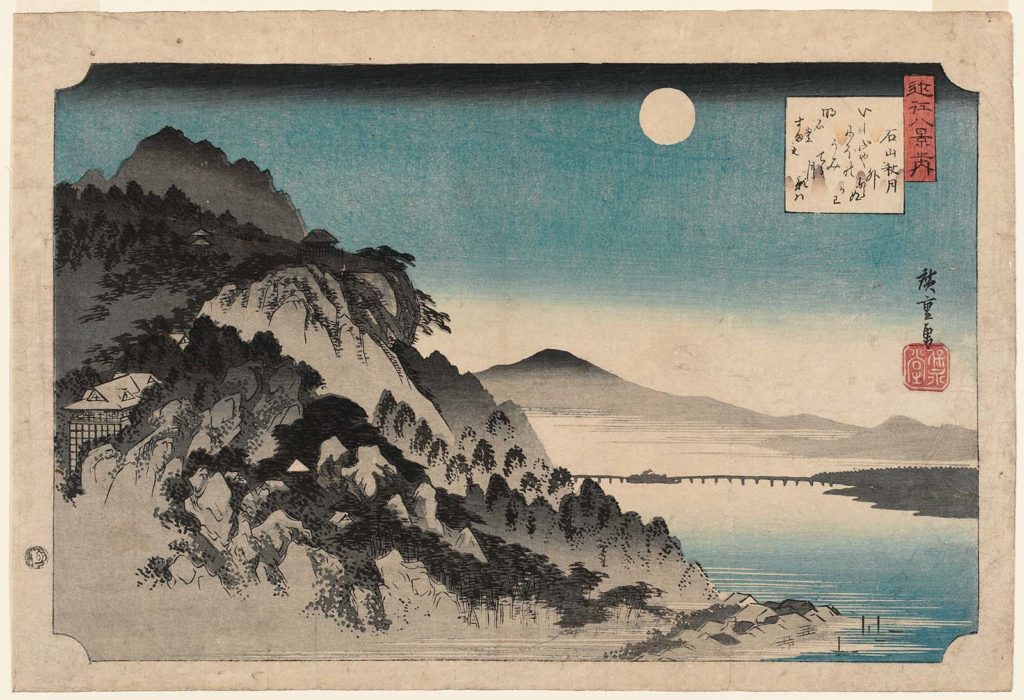
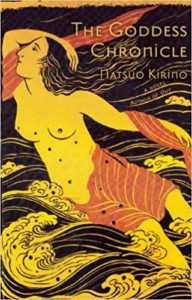
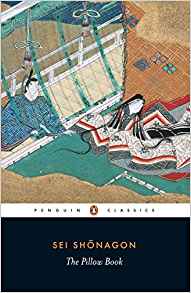 The Pillow Book is hard to describe. It is an ancient diary, not a novel, so there is not much plot. The entries are undated and although there are references to this or the other festival in this or the other season, it is hard to get a feeling of the flow of time. On the other hand, the little entries tell of a time and place so strange, that whatever moved the writer at her time seems to come from an entirely different universe and sounds like fiction after all. The individual entries talk about the routines of daily court life, interesting outings to festivals, and there is gossip of course, about friends, foes, and lovers alike.
The Pillow Book is hard to describe. It is an ancient diary, not a novel, so there is not much plot. The entries are undated and although there are references to this or the other festival in this or the other season, it is hard to get a feeling of the flow of time. On the other hand, the little entries tell of a time and place so strange, that whatever moved the writer at her time seems to come from an entirely different universe and sounds like fiction after all. The individual entries talk about the routines of daily court life, interesting outings to festivals, and there is gossip of course, about friends, foes, and lovers alike.